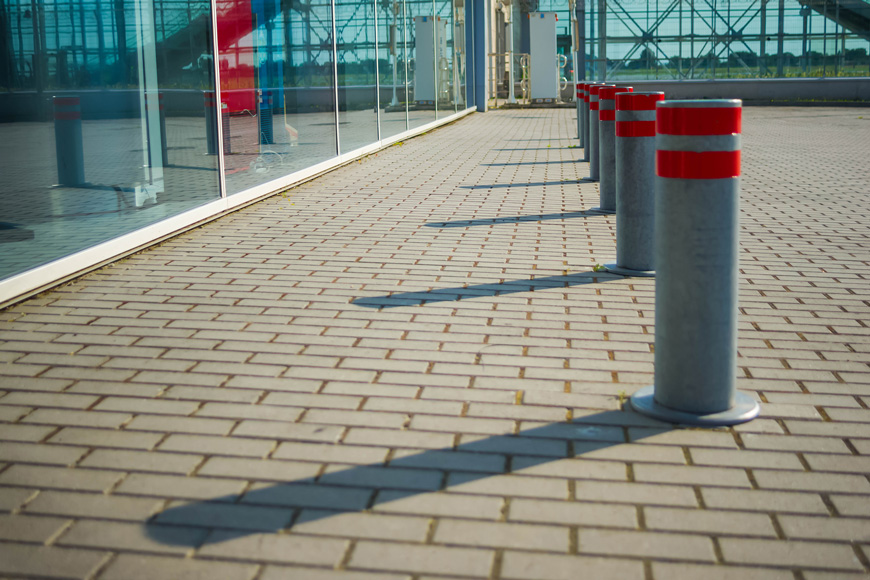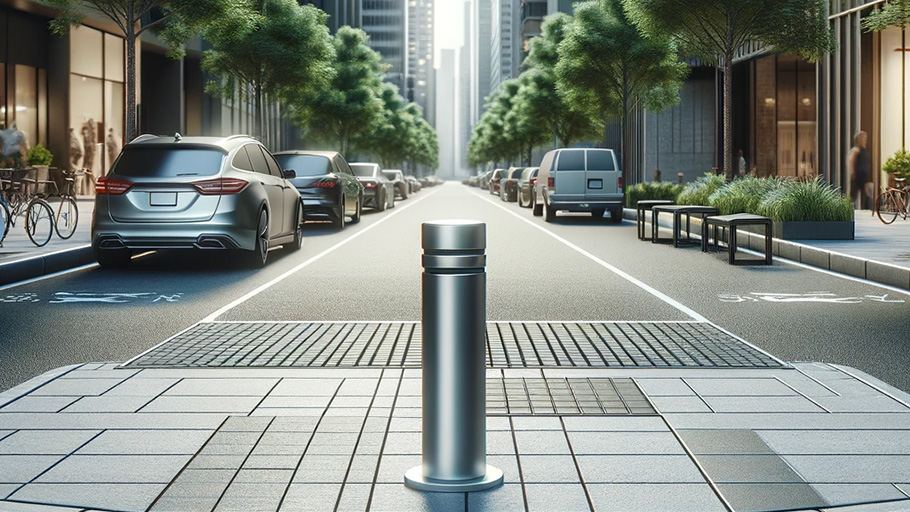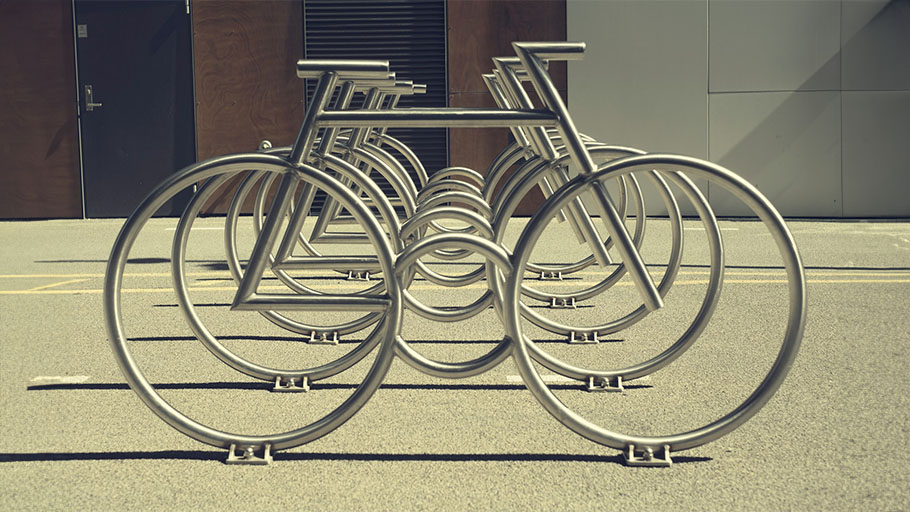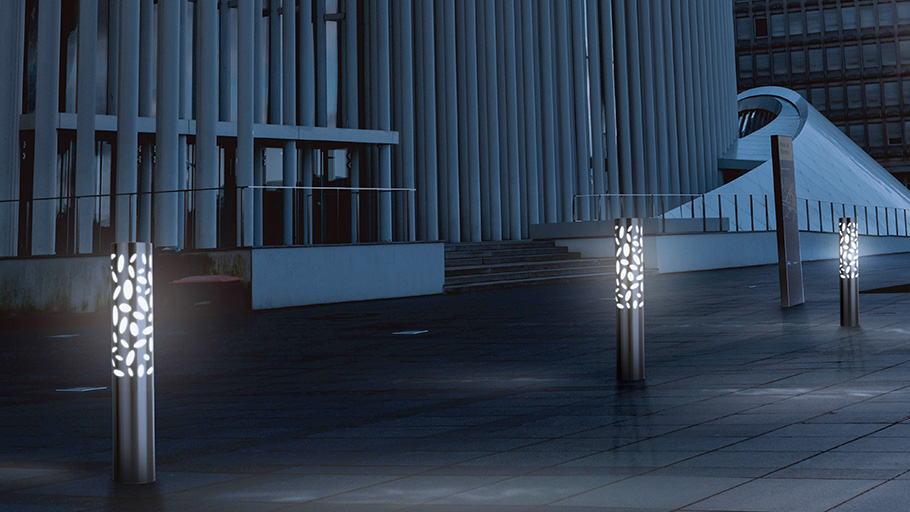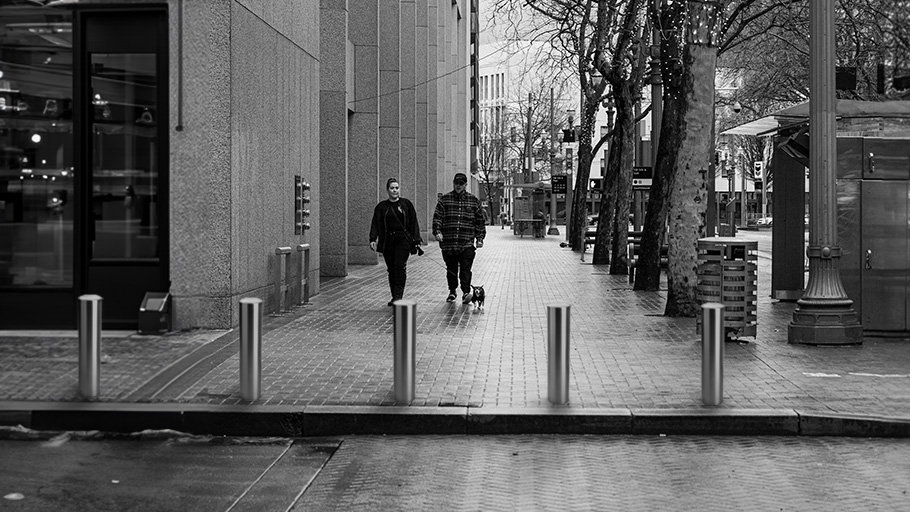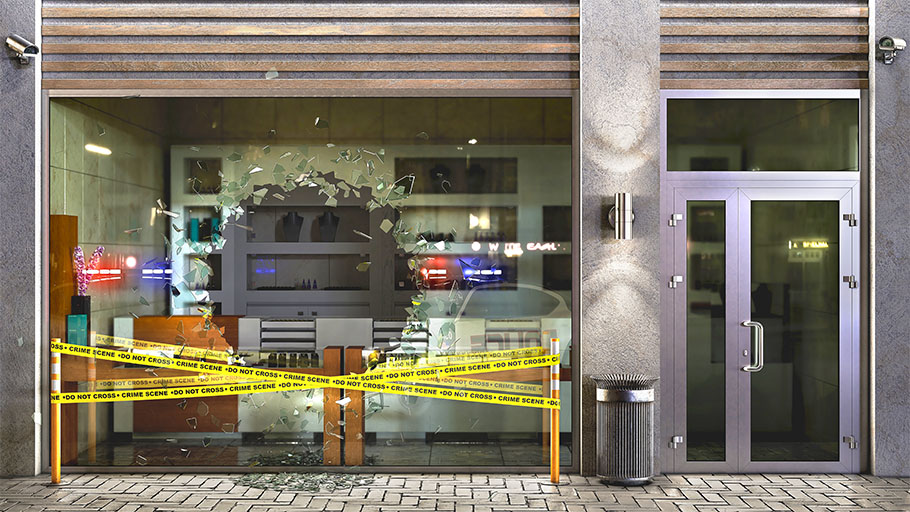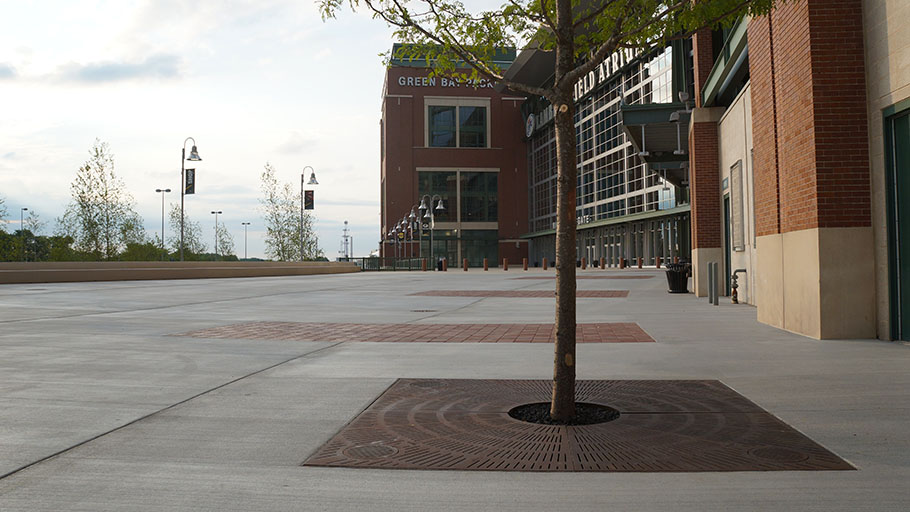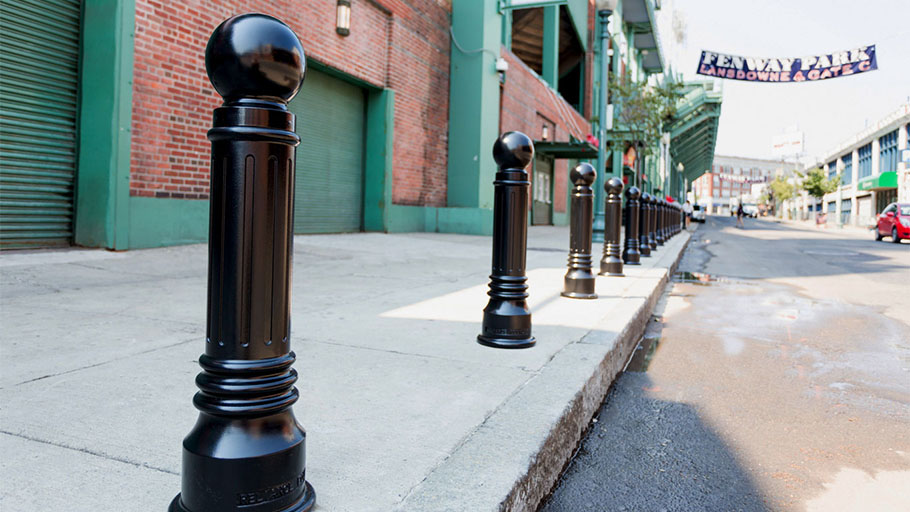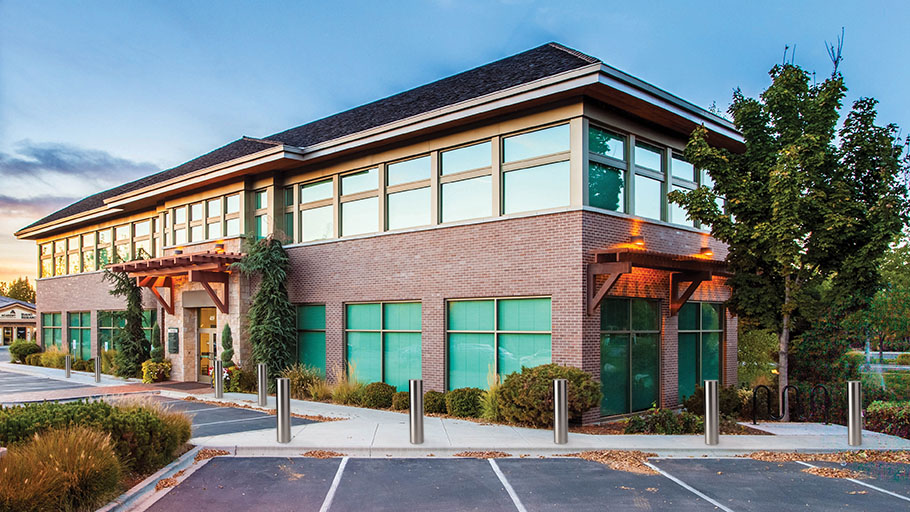The strengths and weaknesses of each of these barricades
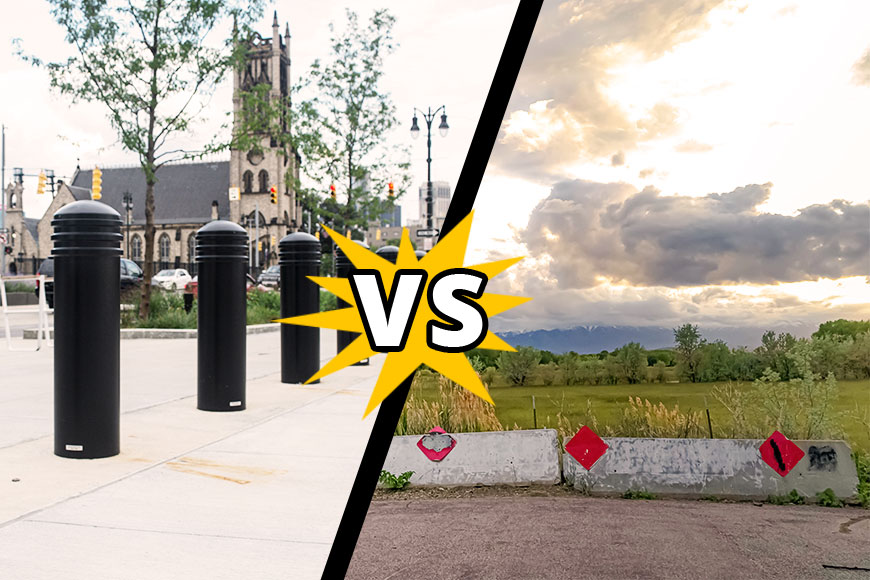
The invention of the combustion engine unleashed great power for our use. We zip goods and people around the world more quickly than most of our ancestors could imagine possible. Yet the wonder of this freedom has come at a cost: greater forces in travel mean more severe accidents when a crash occurs.
To reduce risks and create safety, engineers put a lot of creative thought into vehicle design. Seatbelts, airbags, and crumple zones all are innovations that offer protection. Infrastructure construction is another area for safety research. Grade, surface design, speed regulations, water management, lighting, and signage all help prevent or moderate accidents. Barriers are a final measure added to contain the explosive force of traffic accident should other safety measures fail. What type of barricade is needed depends on several factors: Engineers consider the type of accident or event likely to occur, the needed permeability through the barrier, and the aesthetics of a landscape. Two of the most used traffic guidance and barrier solutions are bollards and Jersey barriers.
Bollards vs. Jersey barriers
Bollards are short traffic guidance posts often used on sidewalks and around buildings. Jersey barriers are short traffic guiding “walls” of roughly the same height as bollards, often used on highways. Though related by function, they have different strengths as perimeter protection.
Bollards are often chosen because they don’t impede foot traffic. Bollards around a perimeter don’t create pedestrian bottlenecks, whereas Jersey barriers might. Bollards are often used as perimeter protection around entrances to stadiums or other large buildings to maximize the free-flow of foot traffic. This is especially important in the event of an emergency inside the building.
Bollards are also an aesthetic option. Installers can choose from a range of decorative bollards, in a variety of colors, styles, and materials. Where crash protection isn’t needed, but vehicles must sometimes get through the perimeter, removable bollards are simpler to move and store than plastic Jersey barriers. Retractable bollards that telescope into the ground (therefore not requiring storage when not in use) are also available.
In the event of a crash, post-style bollards are designed to capture head-on impact.
Bollards
Jersey Barriers
Permeability: Vehicles
Variable: crash protective, flexible, and guiding types available
Variable: crash protective and guiding types available
Permeability: Water
Highly permeable
Channelized
Permeability: Pedestrian
Permeable
Impermeable
Aesthetics
Varied per site
Industrial
Impact-protective, crash design
Post-style: Head on attack
Bell or Martello: Low-velocity sideswipe
High-velocity sideswipe
In comparison, Jersey barriers create an impediment to pedestrian (or animal) crossing. They are often placed to block unwanted pedestrian access, explicitly diverting and channelizing foot traffic.
Generally, a Jersey barrier is not installed to be decorative. Instead, concrete versions look like part of the hardscape. They’re designed to be as much a part of the concrete jungle as the sidewalk itself. Plastic versions are available in a range of color options. The most popular tend to be high-visibility options like red and white stripes, or orange.
Crash-protective Jersey barriers are designed to redirect sideswipe energy. If a line of post-like bollards was used as a highway median, a shallow-angle crash might shred the vehicle and create extra flying debris. Those bollards explicitly designed for shallow-angle encroachment (Bell or Martello versions) would be more likely to launch a vehicle travelling at highway speed, perhaps right into oncoming traffic. The Jersey barrier, in comparison, has been tested to be the right height and shape to prevent a vehicle from crossing the median.
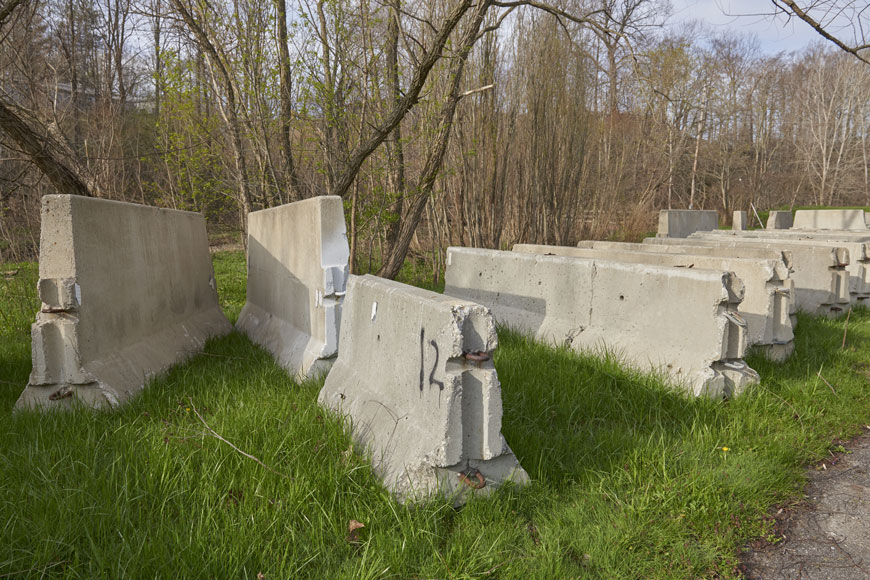
What’s a Jersey barrier?
Jersey barriers are the sloped steel-reinforced concrete barriers often used as highway medians or roadside barricades. They are also sometimes used to demark lanes, provide perimeter protection around work zones, or to channel pedestrians.
The standard Jersey barrier is a short, bottom-heavy wall standing 32 inches high. The base portion, rising 13″ from the ground, is flanged, with each side sloping toward center at 50-degree angle. If a vehicle should accidentally drift out of its lane, the sloped shoulder is designed to redirect the vehicle’s energy and return it to the roadway.
The remaining 19″ of the barrier becomes (almost) vertical. This near-vertical wall catches debris and minimizes the chance the vehicle will pass over the barrier. It catches the bumper of the vehicle preventing the vehicle from launching over.
Since the near-vertical wall is smaller than the shoulder, sheet metal damage is also minimized.
Jersey barriers often have channels carved through the bottom to allow water to pass through. Steel connectors protruding from either end to allow the barriers to be linked together.
Although many variations of this short, bottom-heavy wall may be possible, ASTM C 825 defines the standard for traditional Jersey barriers. It also specifies a newer version, the F-barrier, which has a lower shoulder and is thicker through the rise.
Plastic or water-filled “jersey barriers” are also available. These are not impact protective, serving instead as a visual barrier to guide drivers around an area.
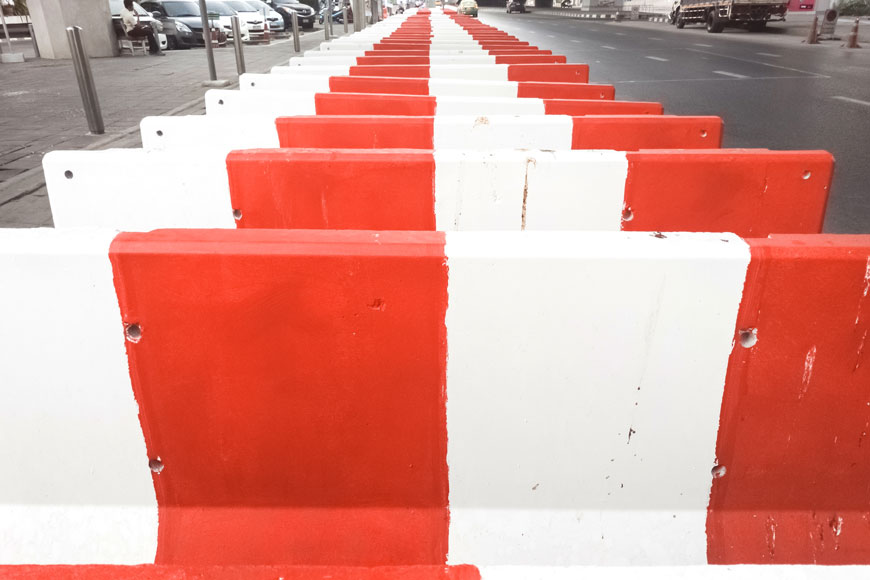
How did Jersey barriers get their name?
The modern Jersey barrier was developed in the 1950s, in New Jersey. The NJ State Highway Department asked a team of engineers to create barriers to prevent head-on crashes from opposing lanes. A twisting road near Jugtown Mountain was their test case. This stretch of roadway often caused fatal accidents due to drivers crossing over the center line. The Jersey barrier was therefore designed to minimize damage to vehicles that hit the barrier at a shallow angle—a side swipe accident. The engineering team tested barriers of different heights, materials, and slopes before settling on the standard steel-reinforced concrete barrier.
Interestingly, the concept of the Jersey barrier was inspired by work in California. The California Division of Highways was dealing with a busy, perilous stretch of the Ridge Route highway known as the “Grapevine Grade.” 6,500 vehicles used the road every day, twisting down a 6 percent grade. Wood-beam guardrails divided oncoming lanes, but these were ineffective in preventing the high fatality rate coming out of head-on collisions. California installed concrete barriers and then wrote about their success in the Engineering News-Record. They did no further research on the subject.
New Jersey took the idea and tested different shapes, concrete types, mounting, slopes, and heights. Gathering accident data made it clear barriers made a huge difference; in 1955 before barriers were installed, one region saw 15 serious head-on collisions in one year. After barriers like California’s were installed, there was only one such collision over the next 3-1/2 years.
Later development showed that a 32-inch barrier—13 inches higher than the ones in California—helped lower the rate and seriousness of head-on collision even more.
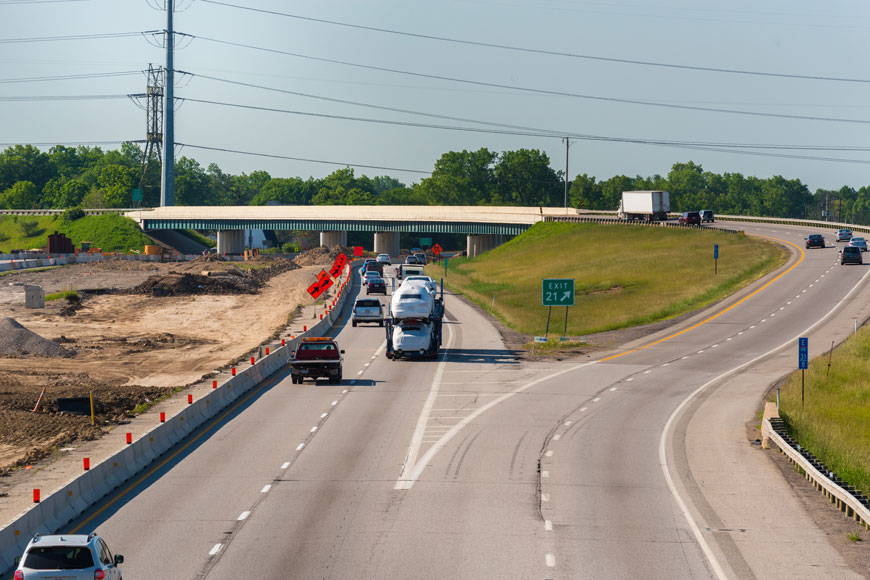
How much do Jersey barriers weigh?
Concrete and steel Jersey barriers weigh 390 to 440 lbs per foot, depending on materials and manufacturing processes. A good, easy to remember rule of thumb is that a 10-foot barrier will weigh about 4000 lbs. Although 10 feet is standard, barriers come in many different lengths.
The right barrier for the application
Jersey barriers are superior solutions for coping with shallow-angle sideswiping accidents at high velocities. However, during a sharper-angle collision, impact with a Jersey barrier can be quite severe, especially with small cars. Rollover is also a risk for vehicles with high centers of gravity, like pickup trucks, SUVs, and vans. Rollover increases likelihood of severe injury. However, rollover for this vehicle class is also higher with other barrier forms.
Bollards are designed to handle high-angle impact. Crash-rated, hardened bollards are installed as an anti-terrorism measure, designed to stop a truck aiming at a building. Other impact-preventing bollards are meant to catch lower-velocity crashes resulting from medical incidents or pedal confusion. These bollards are designed to stop the forward motion of a vehicle. They rely on the vehicle itself to help protect the occupant. A shallow-angle sideswipe against a bollard will cause sheet metal damage and debris.
When choosing between Jersey barriers and bollards, it’s important to consider the speed, type of traffic, and likely crash pattern. Further, is pedestrian foot-traffic through the perimeter important? Does the overall look of the boundary matter? Bollards and Jersey barriers each have their strengths and as such are each an important traffic management tool when building a site plan.

